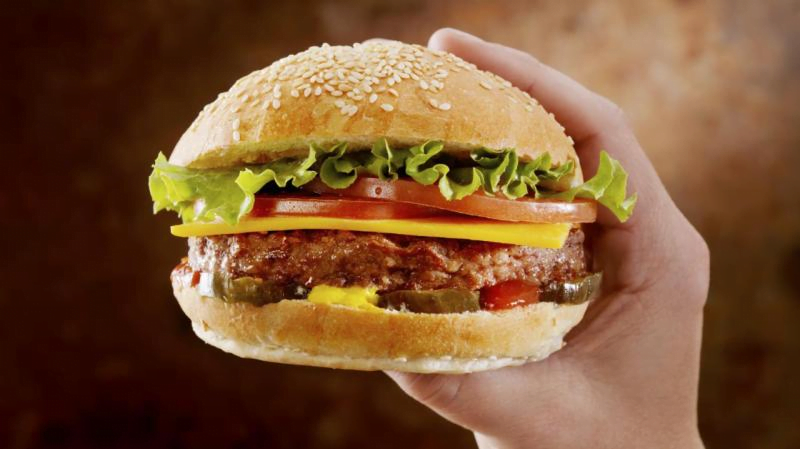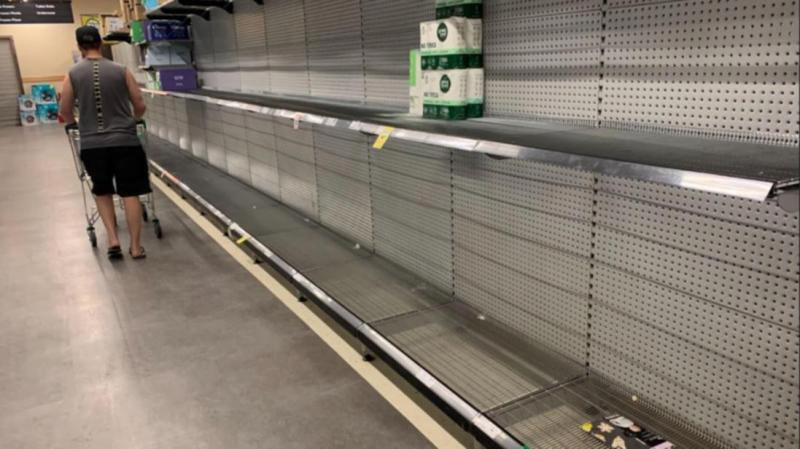Key points:
- Woolworths will phase out its 10-cent drought levy on June 30 after nearly four years
- The retailer cites favourable seasonal conditions and increased farmgate milk prices for the move
- EastAUSmilk is concerned farmers will see less milk money while faced with increased input costs
After nearly four years, Woolworths will phase out its 10-cent drought levy on its own brand 2L and 3L milk at the end of June.
The supermarket giant was the first to introduce the levy in 2018 following pressure from farmers struggling to feed livestock and pay bills amid a crippling drought.
But with improved seasonal farming conditions and a 15 per cent boost to milk cheques since 2018, Woolworths commercial director of dairy Jason McQuaid said it was time to end the drought relief initiative.
“As La Niña has delivered record rainfall and farmgate milk prices continue to climb, we’ve reached an important turning point and will be phasing out the drought levy ahead of the new milk year,” he said.
“We’re pleased to have aided the recovery of Australian dairy farms over the last three years and to see the industry bolstered in recent seasons by a return to favourable conditions.”
While the measure was only intended to be temporary, dairy advocacy groups have expressed disappointment at the retailer withdrawing the support.
EastAUSmilk co-chief executive Shaughn Morgan said while the levy had been beneficial for farmers, there were still unresolved issues to be addressed in the industry including “market failure” caused by bargaining power imbalances in the supply chain.
“At the end of the day it’s important to make sure that we’re able to ensure sustainability within the dairy industry and to do that we need a strong farmgate price,” he said.
“That farmgate price will always be determined by the relationship between the processor and the retailer with the value chain and therefore any reduction in the farmgate is of concern, if that was to be the case.
“I am pleased to see though that some processors, like Lactalis, have said they will provide this extra support into the long term, and that is also to be applauded.”
Dairy processors Bega and Fonterra also supply milk to Woolworths for its homebrand milk products.
Mr McQuaid said that the farmgate price from the start of the new milk year, July 1, would continue to be reviewed by processors in line with their usual practices.
“We’re mindful that the industry may again face extreme conditions like those seen in 2018 and have developed a new mechanism to be built into our processing contracts to enable us to provide more timely support for farmers through existing milk purchase arrangements,” he said.
EastAUSmilk, which has welcomed the move, hopes to be part of any discussions that improve the response time to address such critical issues when they arise.
A spokesperson for ALDI has confirmed that with drought conditions easing and farmgate milk prices increasing, the requirement for a 10-cent drought levy on its own brand milk is under consideration.
Coles has been contacted for comment.
While the drought has passed, Mr Morgan said farmers were now faced with spiralling costs to run their dairy businesses.
“There’s been continuing increasing input costs, just look at fertiliser or diesel which have doubled in price over the last 12 months,” he said.
He said that, regrettably, there was still an exodus of dairy farmers from the sector and it needed to cease.
“We need to ensure that there’s a future for generations of dairy farmers and decisions that are being made now will have an impact on the next three, five, 10 years,” he said.
Extracted from ABC


